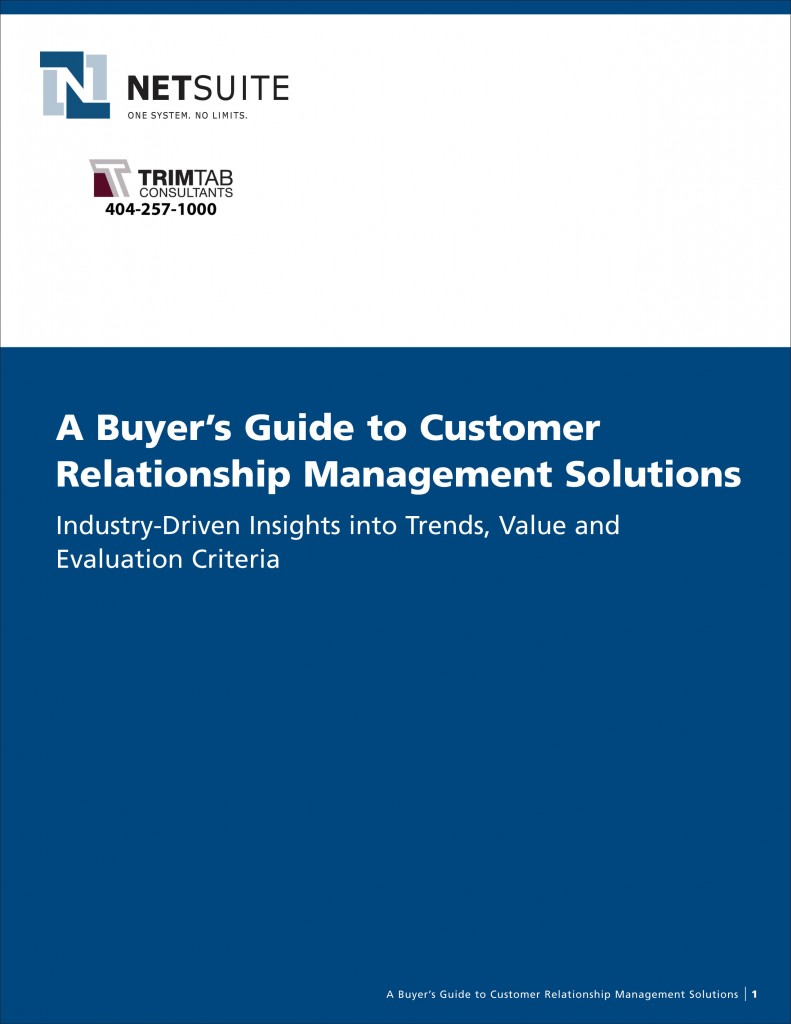WHO THIS GUIDE IS FOR
This guide is for any decision-maker—including sales, service, marketing and IT executives—evaluating a customer relationship management (CRM) or sales force automation (SFA) project.
INTRODUCTION
With such a rapid deterioration in the economic environment, the 80/20 rule—that 80% of a business’s pr are typically generated from 20% of its customers—is more important than ever. It’s critical to know who those 20% are and maximize the value of those relationships while still driving cost-e ective new customer acquisition.
That’s why, in a recent Gartner survey1, decision-makers across a broad range of industries listed the following as their top three drivers for CRM solutions:
- To improve customer satisfaction and experience
- To provide a consistent organization-wide view of customers
- To enhance cross-selling and up-selling of products and services to existing customers.
Given this, it’s no surprise that for mid-size businesses, the need to focus on customers is even more acute. According to Forrester2, nearly three-quarters of medium-sized businesses implementing CRM typically focus on customer data management (getting to a single version of the truth for their customer data) as the foundation of their CRM initiatives, followed by sales, marketing and customer service solutions.
Today, every business must answer some fundamental questions about its CRM strategy:
- What are the anticipated business
- What is the impact on current and future IT costs?
- Is the solution going to be enough to meet near- and longer-term needs?
- How can the solution be positioned for near-term success?
The answer to the question is relatively simple: you need to extract every dollar from every customer relationship. Fruitful customer segments must be targeted, lead conversion maximized, and existing customers up-sold and renewed.
Successfully navigating questions two through four are the keys to CRM success—and that’s what this paper, plus the evaluation checklist at the end, will focus on.

